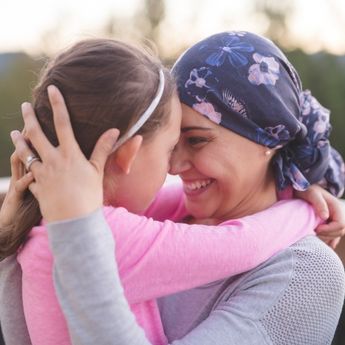About 5% to 10% of breast cancer cases are passed down through families. These are caused by changes (commonly known as mutations) in certain genes, like the BRCA1 and BRCA2 genes, that are inherited from a parent. This is hereditary breast cancer. However, most people who get breast cancer do not have one of these inherited gene changes.
Sometimes, several people in a family may have breast or other types of cancer, even if no specific gene mutation is found. This is called familial breast cancer. Having a family history can raise your risk, but it doesn’t always mean the cancer is genetic.
Risks associated with a familial breast cancer can vary depending on certain factors. Your risk can almost double if you have a first-degree blood relative, like a mother, sister, or daughter who has had breast cancer. The more first-degree blood relatives affected, the higher your risk. It also matters how old they were when diagnosed; if they were younger, especially pre-menopausal, your risk may be even higher.
Apart from biology, researchers are also trying to determine whether family environments play a role in familial breast cancer risk. Shared lifestyles, diets, and where you live could also affect the chances of cancer clustering in families.
If You Have Familial Breast Cancer
If you have a strong family history of breast cancer, you may need to be screened more often than someone without that history. Your doctor can create a screening plan just for you, which might include having a mammogram every year. Other tests, like an MRI or ultrasound, may also be suggested. These tests give clearer images of the breast, especially if your breast tissue is dense.
You might also need to start screening sooner than normal. Most provincial health organizations recommend getting your first mammogram at age 40, but if you’re at high risk of breast cancer, you may benefit from starting to screen at a younger age.
In addition to screening, consider your family’s shared lifestyle habits. Regular physical activity, a well-balanced diet, and avoiding smoking and alcohol can not only help reduce the risk of breast cancer, but also improve overall health and wellbeing.
What If It Is Hereditary?
If you have a strong family history of breast cancer but are unsure if there’s a genetic connection, you can look into genetic testing to determine if you carry a mutation of one of the breast cancer genes. Speak to your doctor to discuss your options for genetic testing and getting a referral for a genetic counsellor.







